Table of contents of the article
ToggleAnthracnose is a fungal disease that affects plants, including lemons, and causes dark spots and damage to plant tissue. This article from the “WORLD OF PLANTS” website provides an explanation of the symptoms of Anthracnose in lemon and methods of prevention and control.
Disease name: anthraclose
Scientific name: Colletotrichum
Type of disease: bacterial pathogen
Disease family: Colletotrichum acutatum
Causes of Anthracnose in lemon
The fungus Colletotrichum acutatum is the cause of anthraclosis, as it infects leaves, fruits, and branches if the appropriate humidity and temperature are available. The fungus needs a hot climate with continuous humidity for 12 hours to spread and infect green plant parts. Even if the climatic conditions are not suitable, it enters Mushrooms are in a dormant stage until weather conditions become suitable.
Symptoms of Anthracnose in lemon
The fungus causes small necrotic spots on the leaves that may develop to form a hole in the leaf, as the presence of purple color on the edges of the leaf indicates the advanced age of the infection. The death of branches and premature leaf fall are the most important symptoms of anthracnose infection, as dead leaves and branches become covered with dark fungal spores.
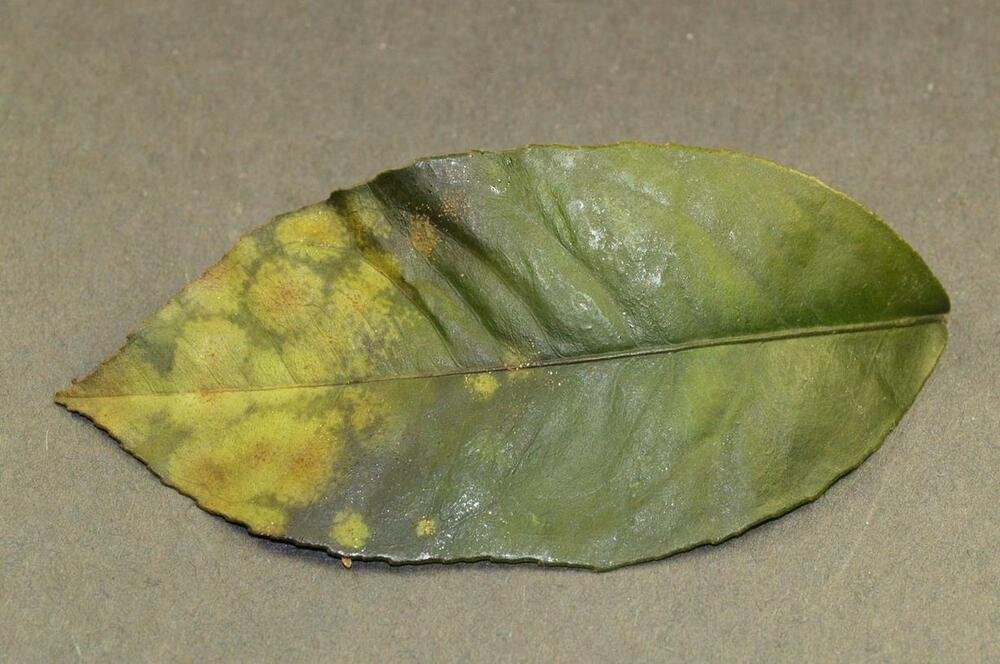
Suitable conditions for the spread of Anthracnose in lemon
The disease is most common during the spring season with long periods of humidity, especially when there is heavy rain and the temperature ranges between (20-30°C) and the presence of a high percentage of dew.
Development cycle of Anthracnose in lemon
The fungus takes the form of mycelium in the winter, where it is found on dead wood in trees, on infected branches, and fallen plant remains on the soil and inside the soil. When suitable climatic conditions are available, the fungus begins to develop and form spores, as the asexual spores spread over short distances due to water droplets that stain the plants. As for the native wag, it can spread over long distances due to the wind.
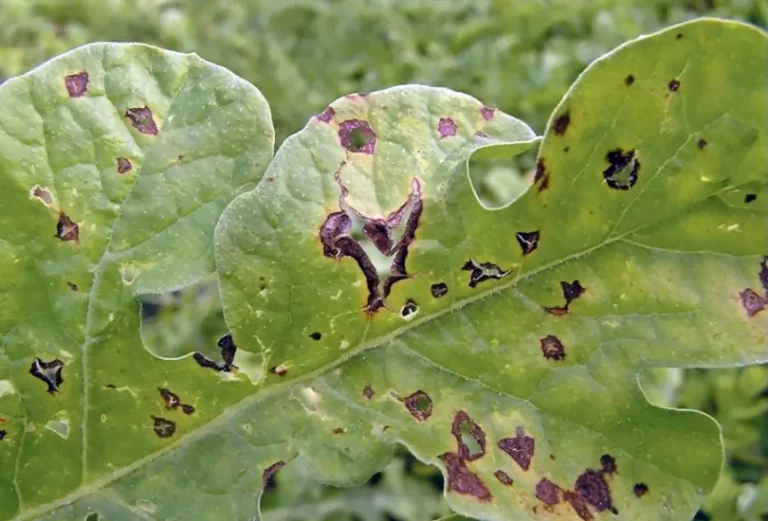
Losses of the spread of Anthracnose in lemon
If preventive and curative steps are not taken in the early stages, the disease will spread from the leaves to the branches and fruits, which will increase the material losses of the crop, as the spores present on the fruits and branches develop, which negatively affects the commercial value of lemons after harvesting and during storage.
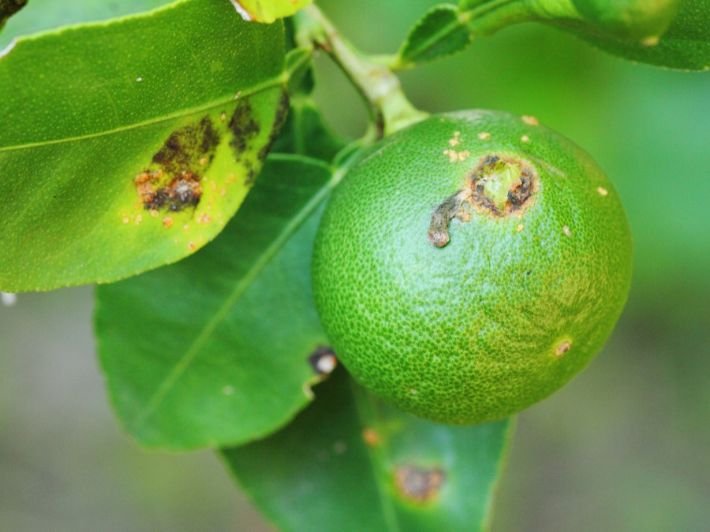
Control of Anthracnose in lemon
- Spraying neem oil helps in controlling the infection.
- Organic copper spraying helps control the disease in its early stages.
- The use of fungicides containing azoxystrobin or chlorothalonil reduces the risk of spreading the infection.
- Take into account the time of spraying, which is early in the morning, and the correct method of spraying on the leaves.
Preventive measures for Anthracnose in lemon
- Treat the seeds before planting by immersing them in warm water to kill the fungi.
- Choose fungi-resistant seeds.
- Providing the field with a good water drainage system.
- Good care for the field by removing harmful plants and dead plant remains, as they are a good source of germs, and cleaning agricultural tools well before use and sterilizing them if they are used in an infected field.
- It is recommended to use drip irrigation.
In conclusion, we would like to note that we, at the world of plants website, offer you all the necessary services in the world of plants, we provide all farmers and those interested in plants with three main services::-
- Artificial intelligence consulting service to help you identify diseases that affect plants and how to deal with them.
- Blog about plants, plant diseases and care of various crops ... You are currently browsing one of her articles right now.
- An application that provides agricultural consultations to clients, as well as a service for imaging diseases and knowing their treatment for free – Click to download the Android version from Google Play Store، Click to download the IOS version from the Apple App Store.
Sources:
Anthracnose – UNIVERSITY OF CALIFORNIA AGRICULTURE AND NATURAL RESOURCES
Anthracnose of Citrus – plantix


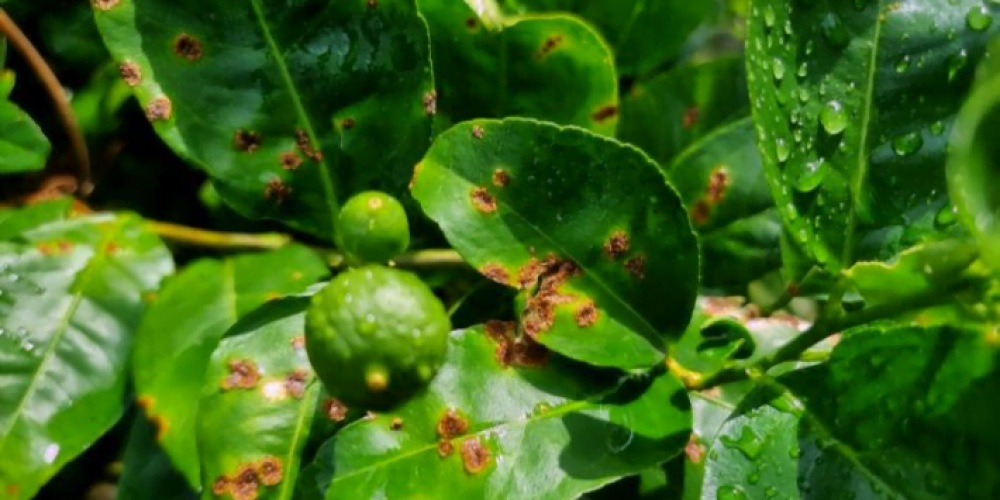
1 Comment
Helpful knowledge
Keep up